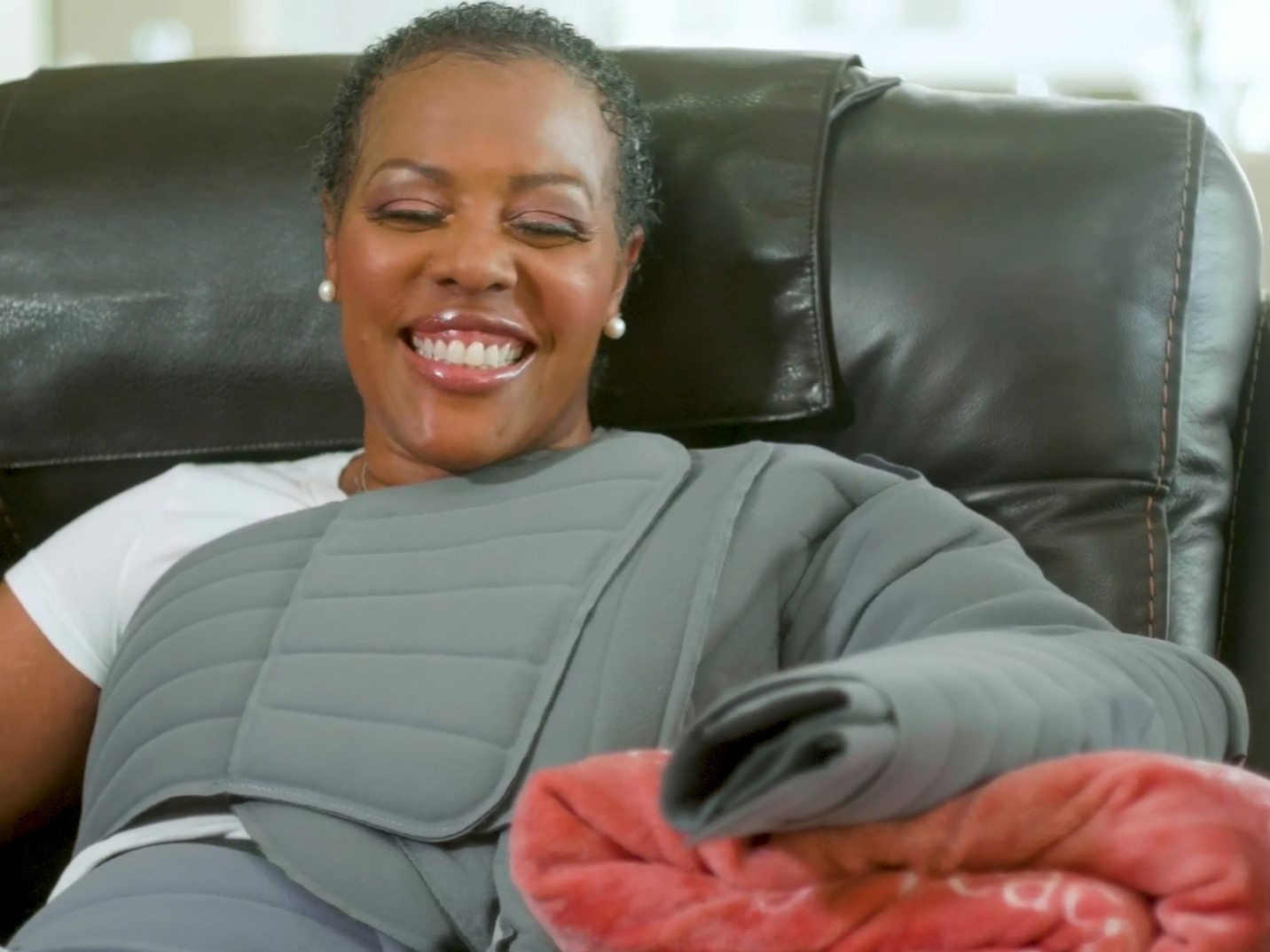Swelling After Breast Cancer Treatments


Nearly 40% of breast cancer survivors develop lymphedema, a chronic condition that causes swelling.
Why is lymphedema so common after breast cancer?
Your lymphatic system is part of your immune system. During cancer treatments such as surgery, radiation, and taxane-based chemotherapy, your lymph nodes, vessels, and capillaries may be removed or damaged.
This damage can cause lymphedema, which is when fluid builds up in the tissues just under your skin instead of draining into your lymphatic system. This results in swelling and discomfort and can progress to decreased mobility.
Because lymphedema is often chronic and can become worse over time, early diagnosis is critical. If you have any of the following warning signs and are a breast cancer survivor, talk to your doctor right away about lymphedema.
What are the warning signs?
The biggest indicator of lymphedema after cancer treatments is swelling. Other symptoms may include:
- Reduced range of motion
- Pain, tightness, or discomfort in the tissue at the affected area
- Heaviness of the limb
- Scarring or fibrosis
- Frequent skin infections at the affected area
- Tingling and numbness of the skin
What treatments are available?
Once lymphedema is diagnosed, it can often be managed successfully at home. Under your doctor’s supervision, many people find the following home treatments helpful:
- Exercise: Daily exercise can help your lymphatic system work more effectively. Start slowly, and always check with your doctor first.
- Elevation: When you’re seated or lying down, try elevating the swollen area above the level of your heart to promote circulation.
- Clothing: Avoid tight or constricting garments, particularly around the swollen area. Make sure your clothes are breathable to prevent moisture from building up and affecting your skin.
- Compression garments: Over-the-counter or prescription compression garments help increase circulation and prevent fluid from pooling in the tissue. Sleeves and other garments are commonly available in pharmacies or may be special ordered. Be sure to ask your provider about proper sizing.
- Self-massage: Gently massaging the affected area toward the center of your body can help push excess fluid out of your tissues.
- In-office lymphatic drainage massage: A certified lymphatic massage therapist applies a gentle massage to move the fluids to other parts of the body where they can drain into the circulatory system.
- Pneumatic compression devices (PCDs): These are available by prescription. They consist of a garment you place over the swollen area and a small pump that produces mechanical pressure to simulate massage. Because managing swelling needs regular or daily therapy, many patients find PCDs easier and more convenient than in-office treatments.
Regardless of the treatment plan your doctor recommends, your commitment to following it can make a big difference in your comfort and quality of life.